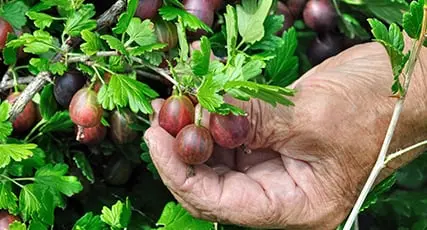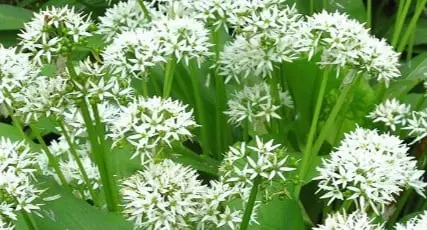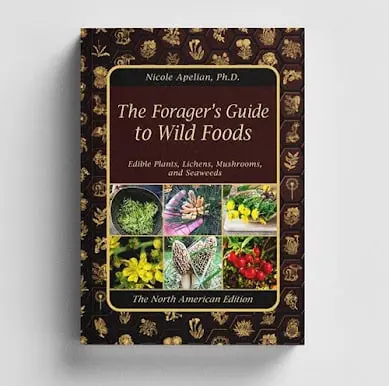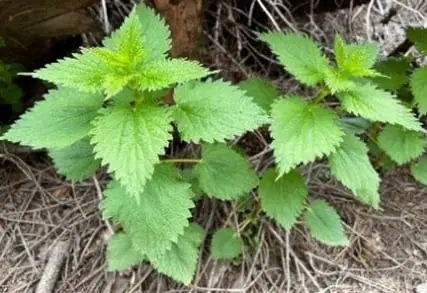Morel is a unique mushroom that grows in all fifty states in America. The mushroom retails at $50-$200 a pound. It is easy to identify this mushroom, and there are currently zero lookalikes. However, Nicole Apelian recommends cutting the mushroom into two; if it is hollow from top to bottom, it is the morel yeast.
Morel mushrooms can be dried and stored for extended periods. Still, the users can reconstitute morel by soaking it in water. Morel can serve as food and is ideal for boosting immunity. It naturally thrives without hassles, is easy to store, and is non-poisonous.
Nature’s Prozac
Nature's Prozac is for you if you have trouble sleeping or are anxious. The purple-flowered herb can eliminate stress and help users to gain quality sleep. It is easy to prepare a Nature’s Prozac tonic. Per Nicole Apelian, steeping one tablespoon of fresh leaves in a cup of boiling water can calm the nerves, support relaxation, and induce sleep.
Nicole claims that the pesky plant can eliminate pain. Touching the stinging nettle can cause significant discomfort. However, some traditional herbalist claims that rubbing the fresh plant on painful joints or muscles can combat the original pain.
Cattails
Cattail is purportedly an “all-season superfood” that can keep you strong during a famine. It thrives in all seasons, and all its parts are edible. Similarly, it has high nutritive values to keep you strong.
Peppermint
Peppermint can relax the muscles support digestion, and combat IBS issues. Most people add the herb to eat and other beverages to strengthen the taste and flavor.
Lamb’s Quarter
Also known as the wild spinach, the Lamb Quarter is a potent “superweed” that supposedly saved thousands of individuals during the great depression. The nutrient-dense weed can improve immunity, prevent malnutrition, and augment blood circulation.
Reishi Mushroom
The reishi mushroom can manage multiple autoimmune issues. The wild mushroom is rich in nutrients that fortify immunity, support healthy blood sugar levels, and improve blood circulation.
Benefits of The Forager’s Guide to Wild Foods :
● Wild plants grow naturally without hassle or the use of chemicals.
● Wild foods are nutrient-dense and can offer multiple health benefits
● Wild foods are easy to store and non-toxic
● Using wild foods can save you money
● Gathering wild plants is a stress-free activity.
































